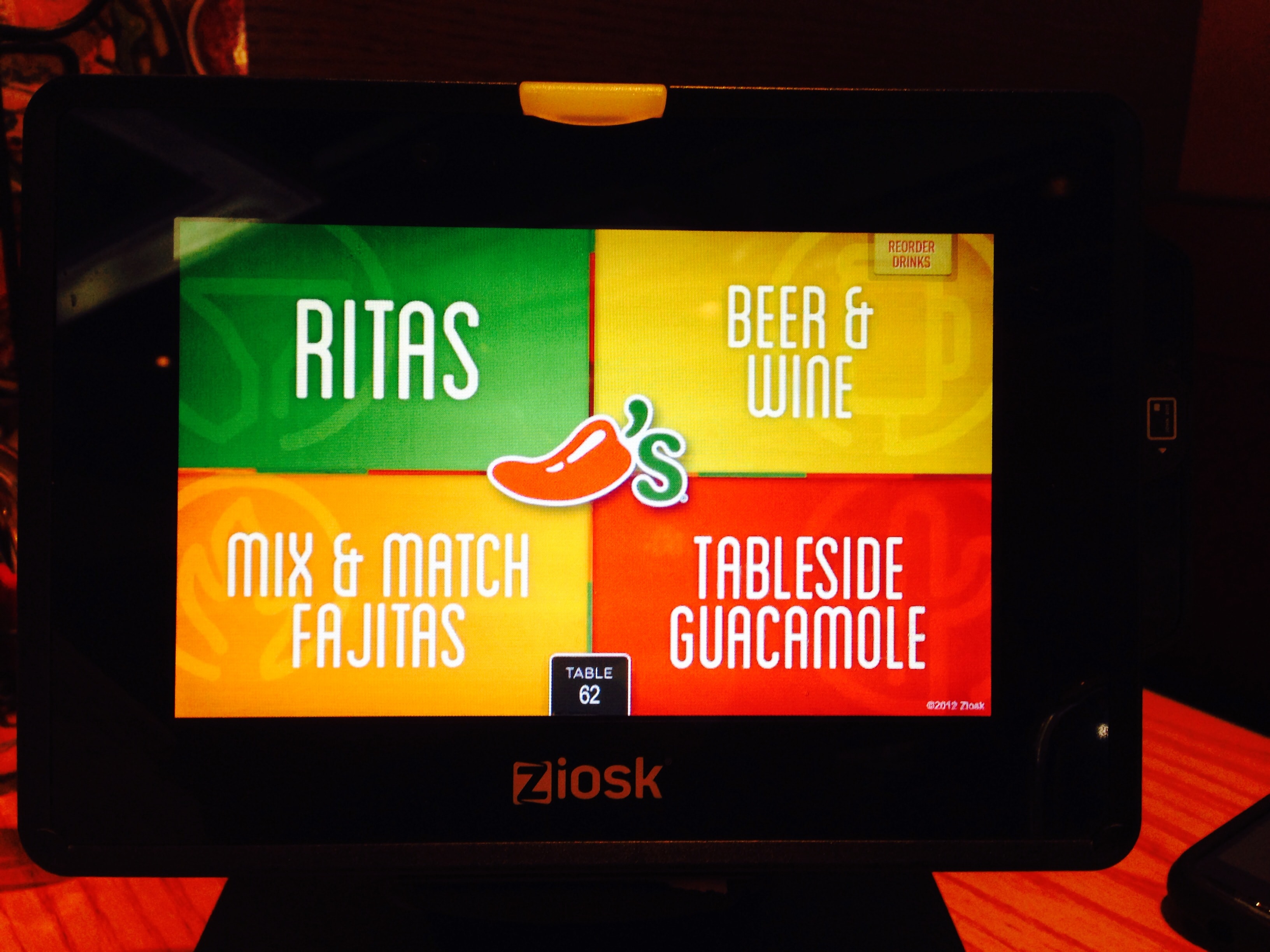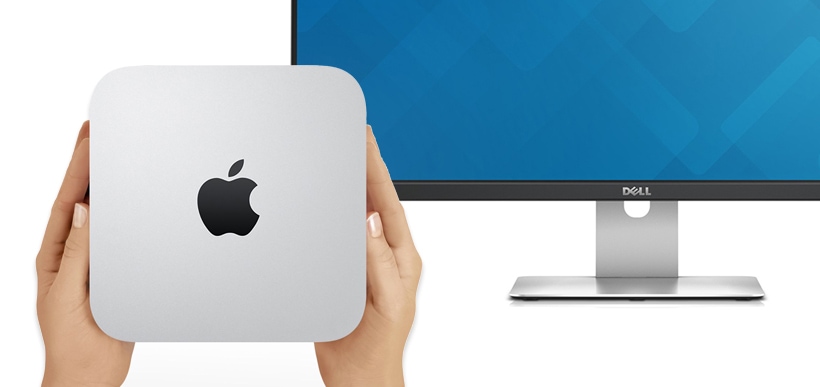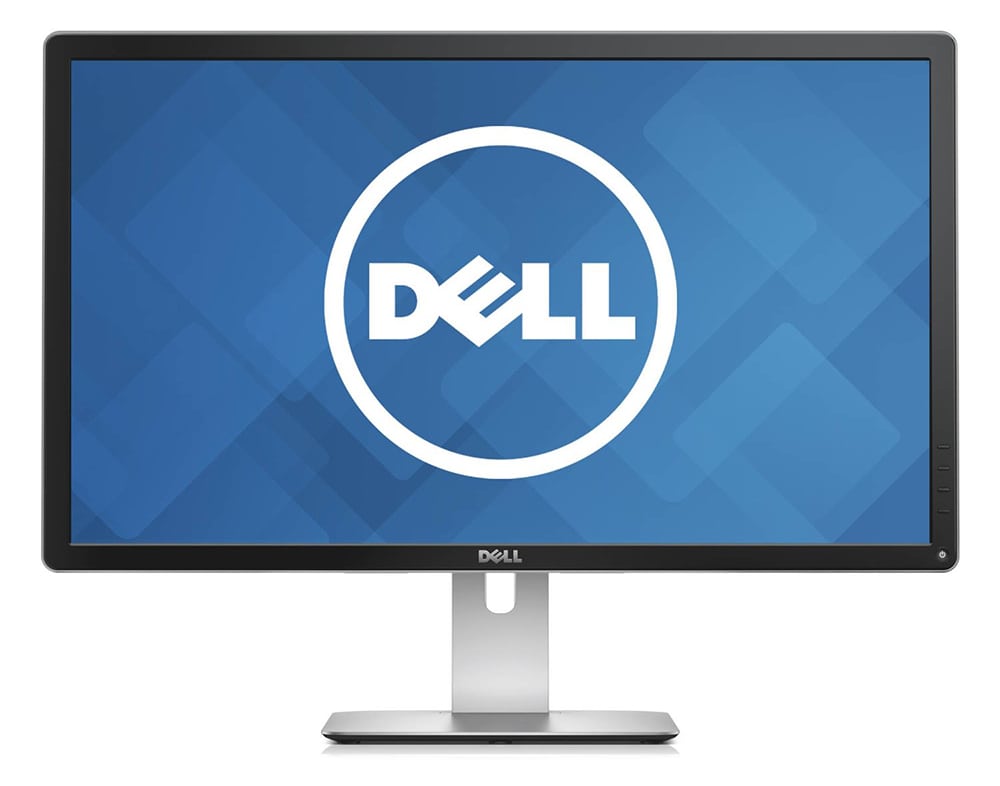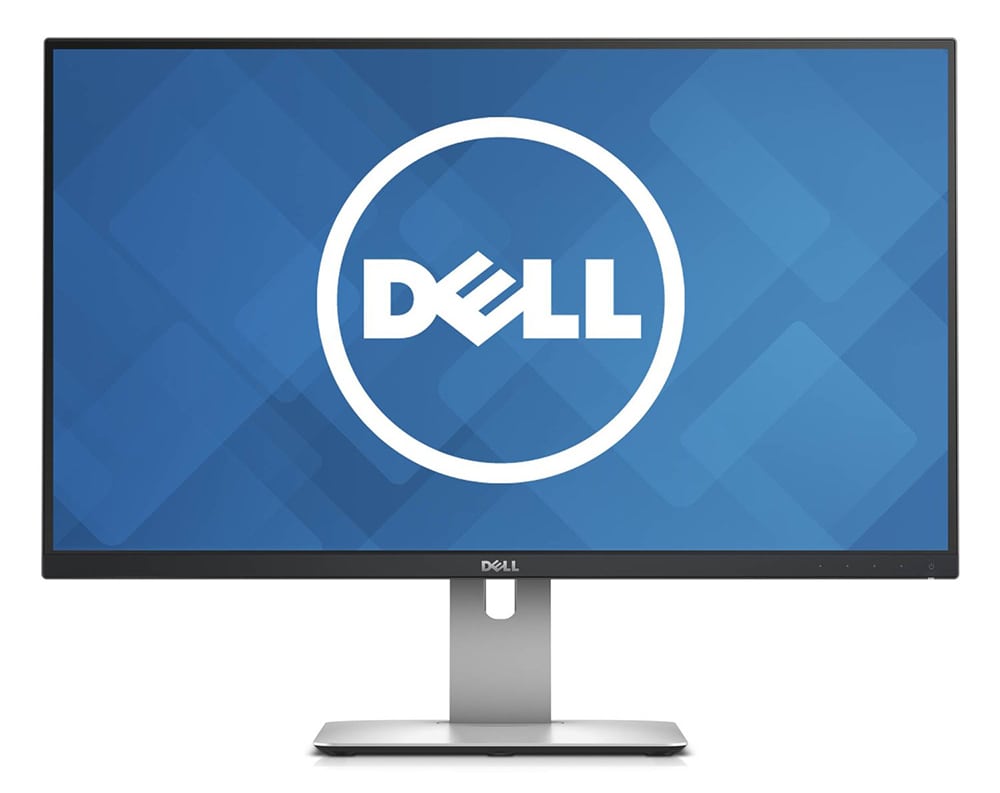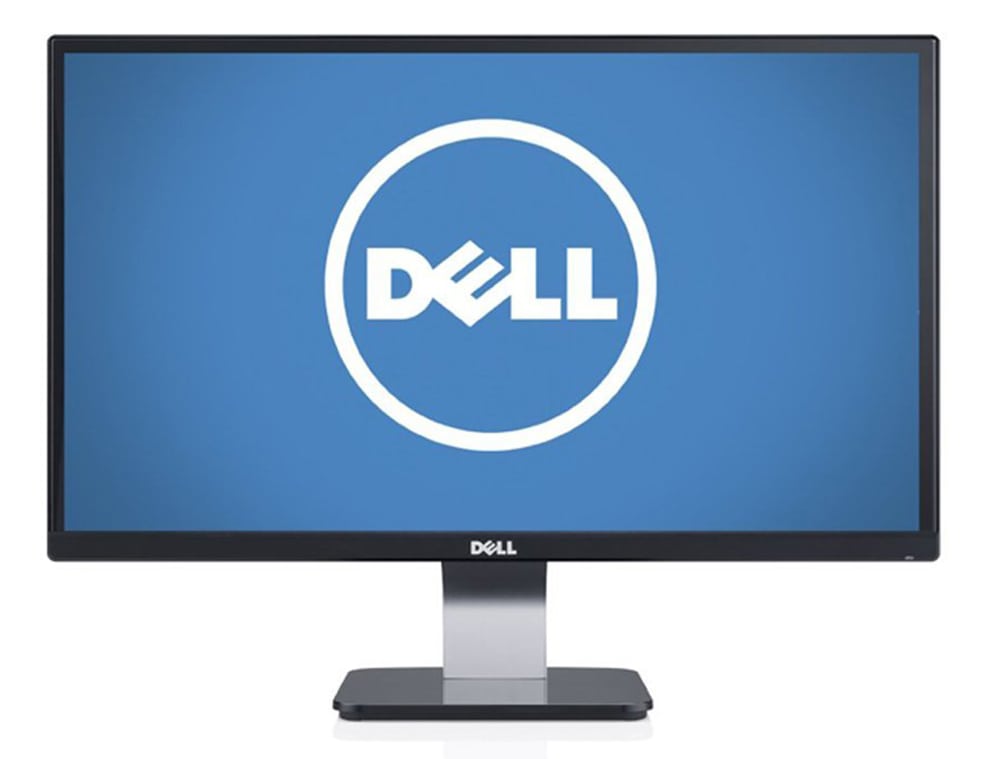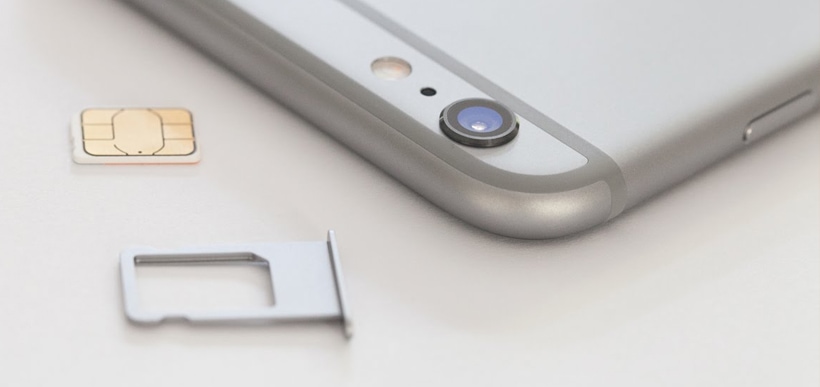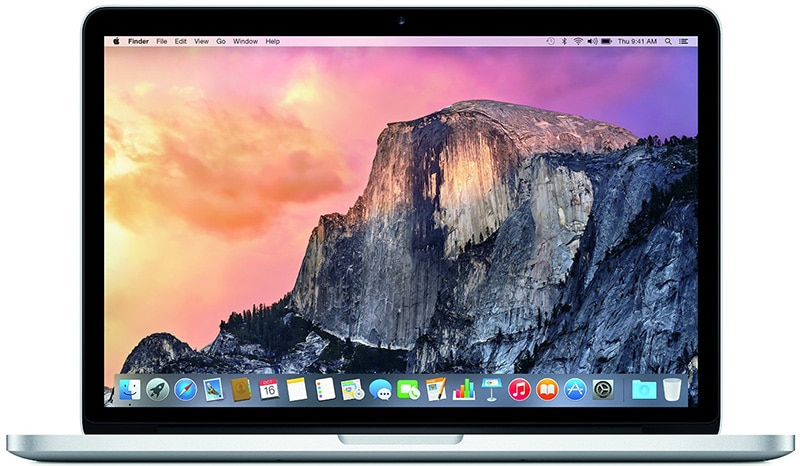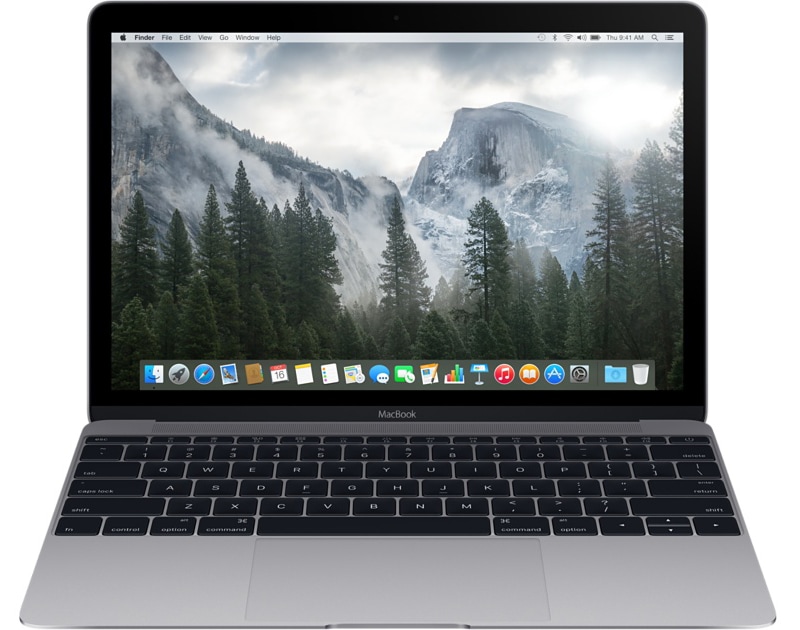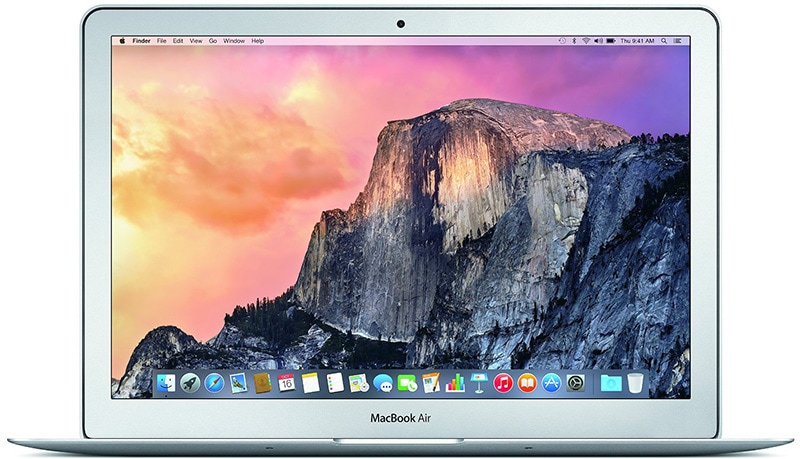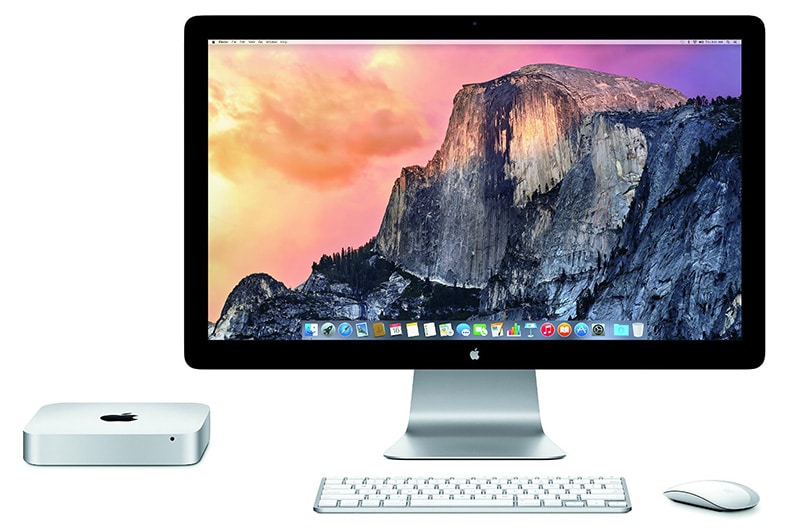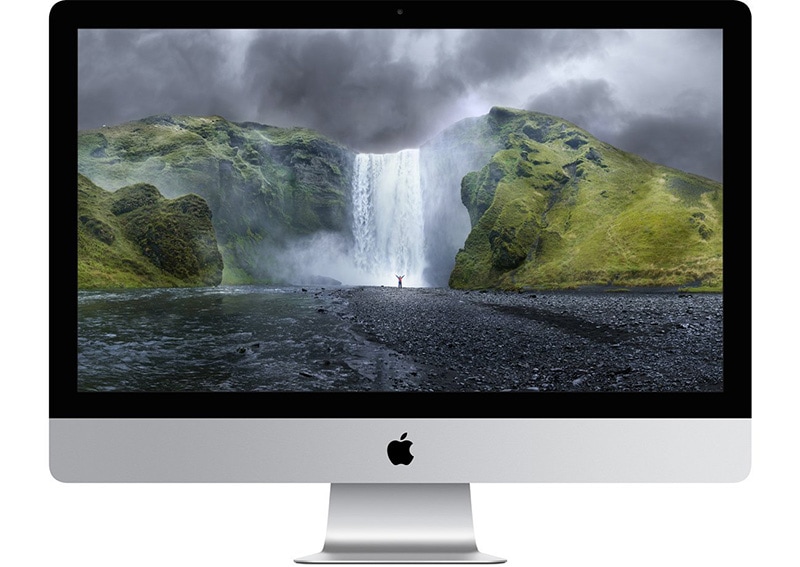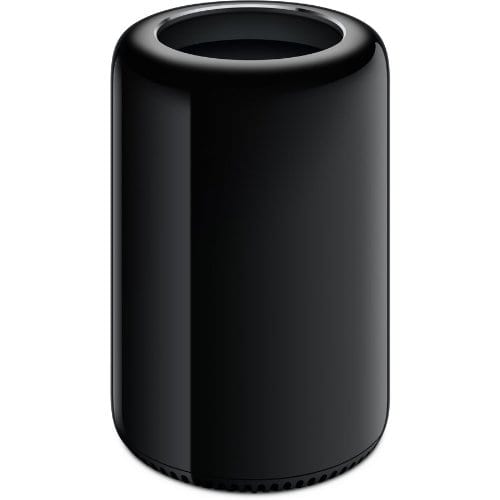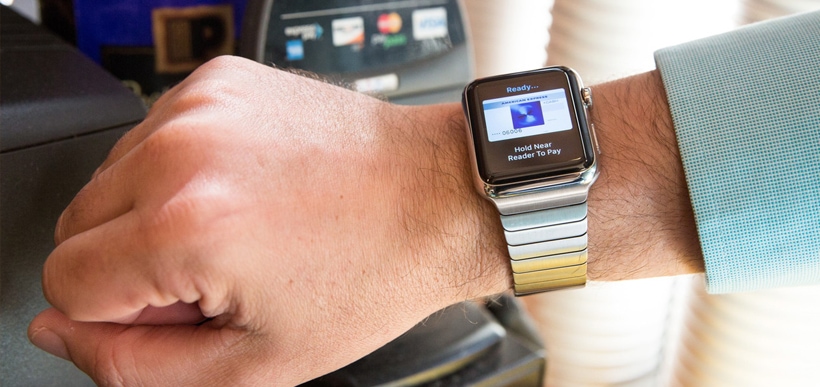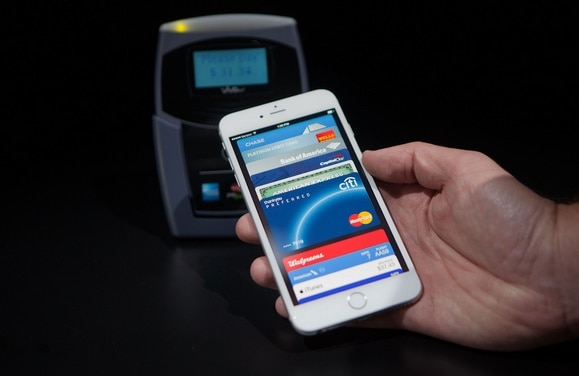Over the past few years chain restaurants and airport eateries were experimenting with using a touchable tablet to replace the traditional ordering service. Using a tablet could allow a restaurant to staff fewer members to wait the restaurant, it was a popular idea. Recently, however, the clear favorite among chain restaurants was crowned, and it wasn’t Apple’s iPad, or any other off the shelf model. Instead chains are opting for restaurant specific devices like the Ziosk or E La Carte.
Last year Chili’s announced the purchase of 45,000 Ziosk units for its 800 stores. This was the biggest such purchase so far in the restaurant industry. With vendors across the world ditching cash machines for devices like Square, it is no surprise that the restaurant industry is doing the same with tablets. Chains like Applebee’s, Pizzeria Uno, and many more, have followed suit.
So why do restaurants prefer other tablets to the mainstream brands? The answer is multifaceted but fairly plain. iPads cost more, are more fragile, tend to get stolen, and a perhaps irrational fear that mainstream brands could cause diehard fans of one particular tech company, like Google or Apple, to dislike their restaurant if it featured their “rival’s” tablet.
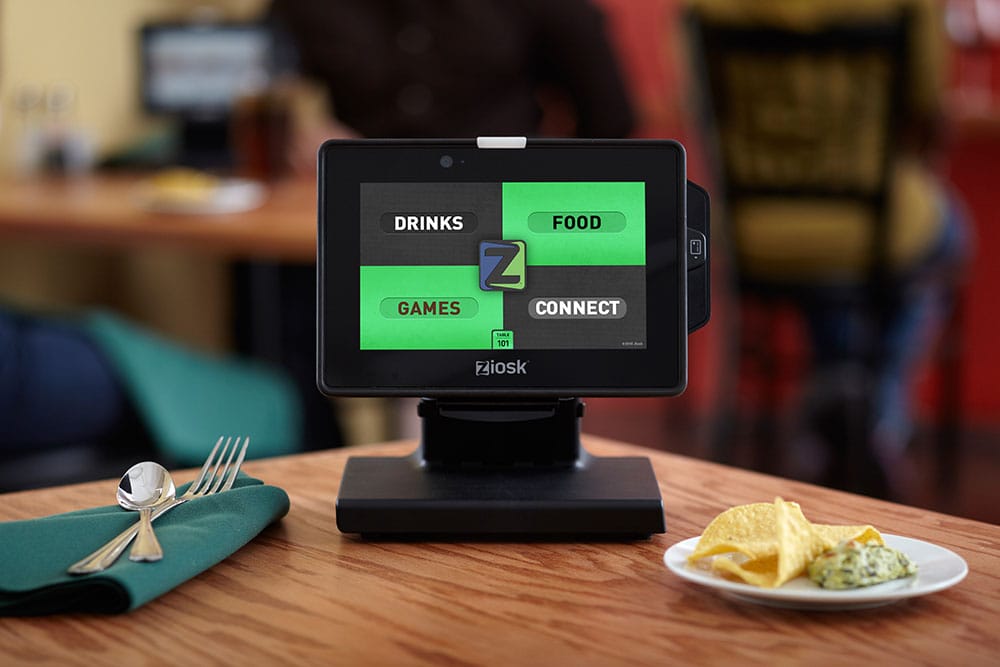
Some writers and ex-waiters believe passionately that this is not only a bad thing for wait staff everywhere, but that it can also harm the business. Waiters, if on their A-game, are capable to extracting more cash from semi-willing customers than a faceless, voiceless, ideas-about-the-specials-less, tablet. Everyone who has ever dined out knows this. How many times have you ordered something on the advice/social pressure after receiving that advice in a restaurant? Probably ad-nauseam. This is a valid concern, and the restaurant chains will undoubtedly be watching.
Despite the concerns, this is probably inevitable, and maybe a good thing. There will be fewer wrong orders, and games on a durable pad to distract the kids. But still, it’ll be a tough sell to a public to which food service and waiting tables is often a key foothold on financial stability and even identity.
But where does this leave Apple? Unless they bring out a line of restaurant specific tablets, it appears they’re out of the chain restaurant world. Small businesses still use iPads to be sure. But a few main factors limited the iPad with the food service market. Applebee’s told Bloomberg Businessweek that a lack of removable battery made the iPad unworkable for their stores. For other stores the limiting factor is price, the iPad is simply too expensive. Still for other restaurants, notably ones with a reputation for being kid-friendly, say iPads just aren’t durable enough.
Perhaps the strangest complaint from customers is that they fear iPads spying on them in restaurants. Apparently a number of customers at a Chili’s in Sacramento were concerned that the cameras on the front of their tablets were allowing the wait staff to spy on them. This bizarre concern was responded to by Chili’s, who denied the cameras are used to spy on customers. Applebee’s made a statement saying that cameras can be used by guests to take selfies, and are never used by the restaurant.
Regardless, it seems that tablets are here to stay in chain stores. Perhaps Apple will reenter the foray down the road with a durable restaurant-ready tablet, or perhaps they’re content selling far more than the 45,000 units Ziosk sold last year to Chili’s, to the world at large.
